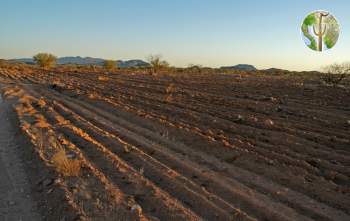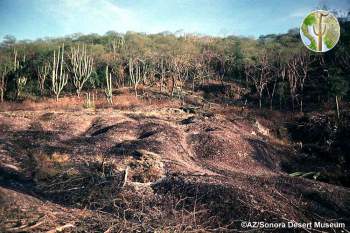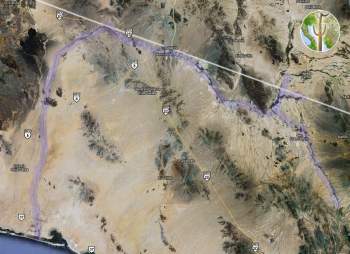General Habitat Destruction
Protecting El Pitayal
This presentation is meant to stimulate action by informing others of the nature of our goals and the urgency of the need for persons with the expertise in real estate law and land acquisition to engage our problem.
For the last 12 years, the Alamos Wildlands Alliance, a non-profit conservation group, has been operating a biological field station in the southwest corner of Sonora, a long day’s drive from Tucson. From mid-November through March, we teach and study the flora and fauna of this diverse landscape on the shores of the Agiabampo Estuary.
Tilling the Sonoran Desert for cattle
Some Sonoran ranchers are convinced tilling of the desert soils will result in more forage for their cows. Needless to say in a desert environment this does not work. It may promote some extra grass for 1 or or 2 years max, but over the long run forage is reduced. The natural soil ecosystem is disrupted, harming all vegetation including plants cattle feed on. Roots of plants are torn up and worst of all the soil is exposed leading to desiccation, a sure way to kill desert plants.
Liberty Cove mega-development
From the Liberty Cove website:
Petition To List The Cactus Ferruginous Pygmy Owl As A Threatened Or Endangered Species Under The Endangered Species Act
The Center for Biological Diversity and Defenders of Wildlife hereby formally petition the U.S. Fish and Wildlife Service (also “Service”) to list one of the following entities of cactus ferruginous pygmy-owl: 1) the Arizona distinct population segment (“DPS”) of the cactus ferruginous pygmy-owl; 2) the Sonoran Desert DPS of the cactus ferruginous pygmy-owl; or 3) the western subspecies of cactus ferruginous pygmy-owl (G.



